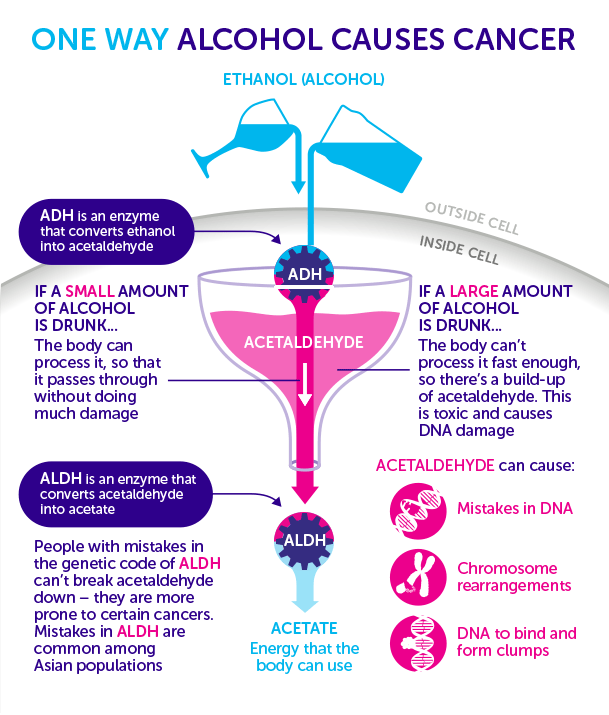Discover the surprising ways in which your body processes alcohol and the impact it has on your level of intoxication.

Image courtesy of Karolina Grabowska via Pexels
Table of Contents
Welcome to our comprehensive blog post where we delve into the intriguing question that has puzzled many: How many beers does it take to get drunk? This seemingly simple question actually has a complex answer that depends on various factors, from individual tolerance levels to alcohol metabolism. Let’s dive deep into the science behind alcohol intoxication and explore the factors that influence how many beers it takes to reach that level of inebriation.
Understanding Alcohol Metabolism
Alcohol metabolism plays a crucial role in determining how quickly and to what extent we become intoxicated. When we consume alcohol, our bodies metabolize it primarily in the liver, where enzymes break down the alcohol into acetaldehyde and then further into acetate. This process produces byproducts that can impact our overall well-being and level of intoxication.
Factors such as age, weight, sex, and overall health can influence how efficiently our bodies metabolize alcohol. For example, individuals with higher body weight tend to metabolize alcohol more effectively than those with lower body weight. Additionally, as we age, our bodies may become less efficient at metabolizing alcohol, leading to increased intoxication levels.
Individual Tolerance Levels
One of the key components that determine how many beers it takes to get drunk is an individual’s tolerance level. Some people seem to be able to drink more alcohol without showing signs of intoxication, while others become drunk after just a few drinks. Genetics play a significant role in alcohol tolerance, with some individuals genetically predisposed to metabolize alcohol more efficiently.
Other factors can also impact an individual’s tolerance levels, such as hydration and food intake. Drinking alcohol on an empty stomach or while dehydrated can lead to faster intoxication, as the alcohol is absorbed more quickly into the bloodstream. Understanding these factors can help individuals make informed choices about their alcohol consumption.
Factors Influencing Intoxication
The rate at which alcohol is consumed can significantly influence how quickly one becomes intoxicated. Consuming a large number of beers in a short period can overwhelm the body’s ability to metabolize alcohol, leading to rapid intoxication. It’s essential to pace alcohol consumption and allow the body time to process the alcohol safely.

Image courtesy of blog.dana-farber.org via Google Images
Furthermore, different types of alcohol have varying alcohol content, with spirits typically having a higher alcohol concentration than beer or wine. Mixing different types of alcohol can also affect intoxication levels, as each type of alcohol metabolizes at a different rate in the body. Being mindful of the types and quantities of alcohol consumed can help individuals gauge their level of intoxication more accurately.
Safe Drinking Practices
While the question of how many beers it takes to get drunk may spark curiosity, it’s essential to prioritize safe drinking practices and responsible consumption. Knowing one’s limits and recognizing the signs of intoxication is crucial in avoiding over-intoxication and potential harm.
It’s recommended to drink alcohol in moderation, alternate alcoholic beverages with water, and never drink and drive. If alcohol consumption becomes problematic, seeking help from a healthcare professional or support group can provide guidance and resources for managing alcohol consumption effectively.
In conclusion, the answer to how many beers it takes to get drunk varies significantly based on individual factors, alcohol metabolism, and responsible drinking practices. By understanding the science behind alcohol intoxication and prioritizing safe consumption habits, individuals can make informed choices about alcohol consumption and enjoy it responsibly.
FAQ
How does alcohol metabolism affect intoxication levels?
Alcohol metabolism in the liver breaks down alcohol into acetaldehyde and acetate, impacting intoxication levels based on factors like age, weight, and overall health.
What role do individual tolerance levels play in determining intoxication?
Individual tolerance levels, influenced by genetics, hydration, and food intake, can affect how many drinks it takes to get drunk.
How does the rate of alcohol consumption impact intoxication?
Consuming alcohol quickly can overwhelm the body’s ability to metabolize it, leading to rapid intoxication and potentially dangerous levels of inebriation.
What are some safe drinking practices to avoid over-intoxication?
Safe drinking practices include drinking in moderation, pacing alcohol consumption, alternating with water, and never driving under the influence to prioritize responsible alcohol consumption.
Powered by Texta.ai Blog Automation
Leave a Reply